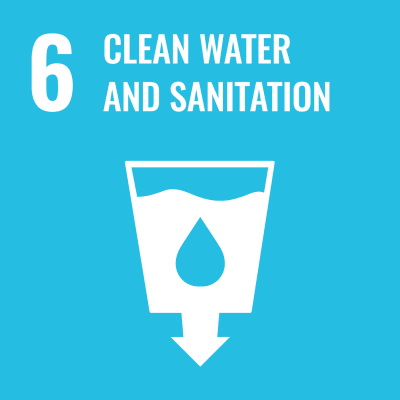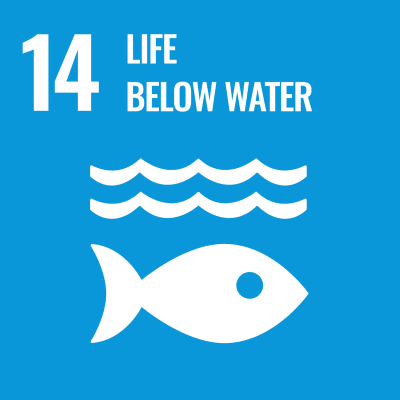-
Organization for Research and Community Collaboration, Design and Manufacturing Center
- Lecturer
- Takashi Shinohara
- Research Field
Pneumatic control device, Processing technology
- Keyword(s)
Soft actuator, Soft sensor, Pipe inspection robot, Manufacturing, Burnishing
- Research theme
-
- Development of a soft actuator and a soft sensor
- Development of a pipie inspection robot using a pneumatic flexible actuator
- Development of a local structure control technology with the burnishing
Outline of research activities
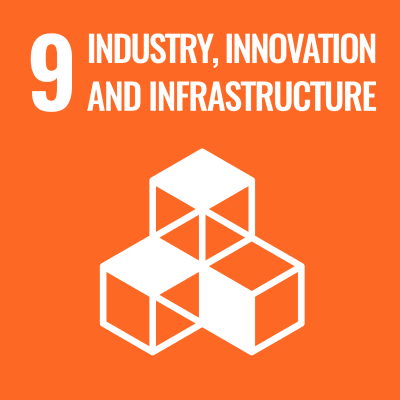
We are developing soft actuators and soft sensors with flexibility and safety in life support devices and human frendly robot that act directly on humans. In addition, we are developing a pipe inspection robot that has a flexible structure by itself using a pneumatic actuator that can run on its own in complicated pipe and can be used in a wet narrow space. Then, in order to reduce the weight and labor of the peripheral equipment for driving the robot, we have devised a control valve with excellent cost performance and a new propulsion mechanism of the robot, and are considering making the inspection robot compact. Furthermore, we are developing local structure control technology by using burnishing as research on processing technology.
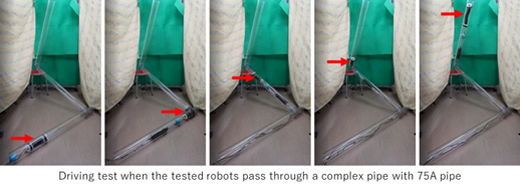
- Desired cooperation
-
- Development and application of a soft actuator and a soft sensors
- esearch on processing technology
-
Distance Education Course, Information Science and Engineering
- Professor
- Syou MAKI
- Research Field
Material Informatics, Magento-Science, Structural Biology
- Keyword(s)
Data mining, Magnetic force
- Research theme
-
- Data science
- Protein crystal growth and magnetic levitation
- Measurement of thermophysical properties of soft materials
- Heat and mass transfer using a magnetic force
Outline of research activities

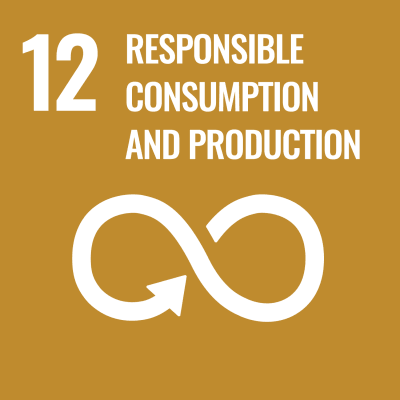
While using mechanical engineering (fluid dynamics, thermal engineering), applied physics (magneto science), and econometrics, I am conducting research on material informatics that integrates engineering and informatics. Practically, I analyze medical data using the methods of data mining and multivariate analysis. In the field of magneto science, I progress a technology called a “magnetic force booster” and succeeded in realizing a completely containerless protein crystal growth (see the photos). By the use of a magnetic levitation technique, I have also established in measuring the thermal properties of protein crystals.

- Desired cooperation
-
- Medical institutions that can provide medical data for research
- Medical institutions that can provide medical data for research
- Research institutes with strong magnetic field generators
-
Faculty of Engineering, Department of Electrical & Electronics Engineering
- Professor
- Nozomu NANATO
- Research Field
Superconducting Engineering, Electric Machinery
- Keyword(s)
High Temperature Superconductor, Applied Superconductivity
- Research theme
-
- Small power source with an HTS transformer for supplying large current
- Protection system for normal transitions in superconducting coils
- Superconducting rotating gantry for heavy ion therapy
Outline of research activities

High temperature superconducting (HTS) wires have good characteristics such as perfect electric conductivity and large critical current density. Therefore the HTS wires are expected to contribute to development of small, lightweight and very efficient electric power apparatus. I am currently conducting researches on development of a small power source with an HTS transformer for supplying large current, a protection system for normal transitions in superconducting coils and a superconducting rotating gantry for heavy ion therapy.

- Desired cooperation
-
- Development of a small power source for supplying large current
- Protection system for normal transitions in superconducting apparatus
- Other superconducting applications
-
Institute for the Advancement of Higher Education,
- Professor
- Yoko HASEBE
- Research Field
Educqtion, Socilology, Psyco-sociology
- Keyword(s)
Educqtion, Inter-linguistic & cultural communication, Social transformation, Agriculture and food culture,
- Research theme
-
- interlinguistic and intercultural communication based on the field of education, and its curriculum design and teaching methods
- Social transformation based on the field of education
- Sustainable collaboration model: among public sectors, private sectors, local communities, universities.
Outline of research activities





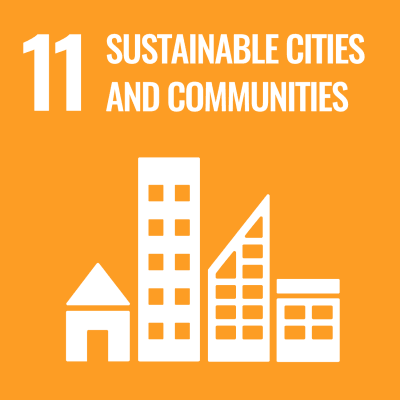


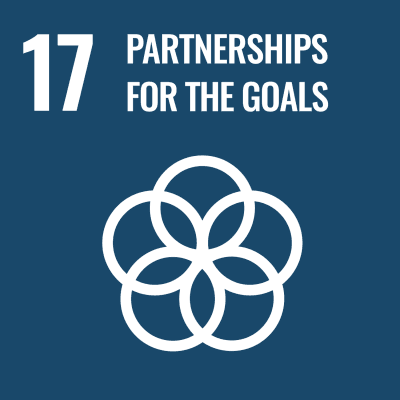
Specializes in education through teaching materials, methods, curriculum design, teachers’ training for inter-linguistic and intercultural communication based on social psychology. In 2007, started “Primary School Project” in Democratic Republic of Congo through intercultural collaboration, has continuously introduced how to create an atmosphere for “mutual collaboration” and “sustainable relationship” with the local community, and is always working with young researchers on the fieldwork-based approach in exploring how to interpret social and cultural phenomena in local communities to develop a model school for the area. We have other related projects in Kagoshima, Yamaguchi, Nagano, Kanagawa, Akita, Aomori.
As my specialty is interlinguistic and intercultural communication based on education, and I am researching its curriculum design and teaching methods. Generally, when we think about intercultural communication, it is exchange with foreign countries that comes to mind. However, even when we are talking with Japanese people, a word can often be interpreted completely differently by the other person, due to individual understandings of the image evoked by that particular word that arises from our diverse backgrounds. Nevertheless, there is the mistaken impression that sharing a language or an interpretation equals understanding, and major communication gaps can arise before we know it.
What is more, my special field of research is the creation of environments for interlinguistic and intercultural communication that generate these kinds of “discoveries.” What steps are required, what kind of settings do we need to create, and what kind of program do we need to assemble? This involves developing a curriculum design, creating an environment that generates sustainable shared understandings as quickly and naturally as possible, and coming up with the methodology to teach the required content and language, for example. We are undertaking this research by putting these concepts into practice through specific projects.- Desired cooperation
-
- Researches on collaboration of education x local community x city design x agriculture and food
- Researches on activating public educational system
- Researches on the process of collaboration between local community and university
-
Faculty of Engineering, Department of Electrical & Electronics Engineering
- Associate professor
- Hiroyuki MICHINISHI
- Research Field
Medical electronics
- Keyword(s)
Motion capture, Spasticity, Pendlum-test
- Research theme
-
- Evaluation of the spasticity by Pendlum-Test
Outline of research activities
Ashworth scales have been used as a method to evaluate the muscle tonus of the patient having spasticity.This method however cannot evaluate it without the enforcer’s subjective judgment.Therefore we analyze the motion of leg by measuring pendulum motion (Pendulum Test) to evaluate the spasticity objectively.

The picture shows two one axis accelerometer were attached to a leg to measure leg motion.Because the angle output of the leg is only provided by the motion capture directly, 2 times differential calculus operation is necessary to obtain the angular acceleration output convenient to evaluate.In contrast, the angular acceleration output is provided directly with our method.- Desired cooperation
-
- Evaluation of the function improvement with the rehabilitation and the medication
-
Faculty of Engineering, Department of Information & Computer Engineering
- Associate professor
- Masafumi KONDO
- Research Field
Computer Engineering, Image Engineering
- Keyword(s)
Asynchronous Circuit, FPGA Application, Embedded System, Image Processing
- Research theme
-
- High efficiency of the asynchronous bus in the large-scale digital system
- Low power digital signal processor for biometric sensors
- High-speed and high-accuracy image processing for embedded camera devices
- Development of tube diameter visualization system for medical images
Outline of research activities


In recent years, almost all digital systems have operated in synchronization with the clock pulse. However, high-frequency clock pulses not only increase the power consumption but also cause instability in the system. In our laboratory, we are working on the applications of an asynchronous circuit without clock pulses, for example, improving the performance of large-scale digital systems and reducing the power consumption of biometric signal processors. The proposed architectures are designed and implemented in the reconfigurable programmable gate array (FPGA), and we are also working on the FPGA-based image processing accelerator for surveillance camera systems and medical diagnostic imaging systems.

- Desired cooperation
-
- Accelerating various algorithms using multiple FPGAs
- Development of digital signal processing system using FPGA
- Accelerating image processing using FPGA and GPU
- Development and tool implementation of image processing algorithms
-
Faculty of Engineering, Department of Information & Computer Engineering
- Lecturer
- Chiaki UEDA
- Research Field
Color Image Processing
- Keyword(s)
Color Space, Color Effect, Visual Charactereristics
- Research theme
-
- Image Enhancement for color-vision deficiency
- Image Enhancement Concidering Elderly Eyes
- Color Correction Method between Monitor Screen and Printed Matter
Outline of research activities

I do research the image processing using color effects and visual characteristics. For example, the human visual features vary with on age. I advance the development of a lightness transform method considering the visual features of the elderly person.

- Desired cooperation
-
- Research and development of image enhancement concidering elderly eyes
- Research and development of Color Correction Method between Monitor Screen and Printed Matter
-
Faculty of Life Science, Department of Medical Technology
- Lecturer
- Yoshie ASAHARA
- Research Field
Medical welfare engineering, medical technology evaluation, biomedical engineering
- Keyword(s)
Clinical engineering, ventilatory therapy, sensors, mask fitting
- Research theme
-
- NPPV mask monitoring
- Basic experiments on oxygen cannula for oxygen therapy, etc.
Outline of research activities

We are developing “sensors that collect information” necessary for patients to receive treatment with peace of mind.
For example, a ventilator used by patients with lung diseases at home is an indispensable medical device. We are developing sensors based on our own ideas to provide patients with more secure treatment using such ventilators.- Desired cooperation
-
- Research on home respiratory therapy
- Research on evaluation of medical devices, etc.

